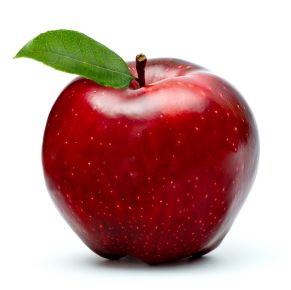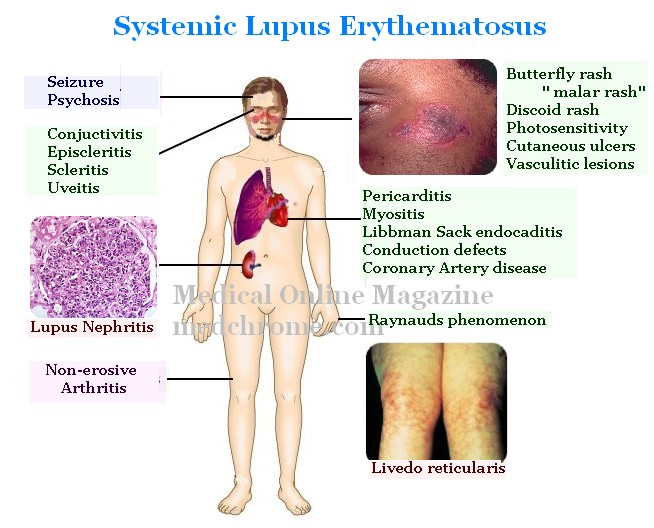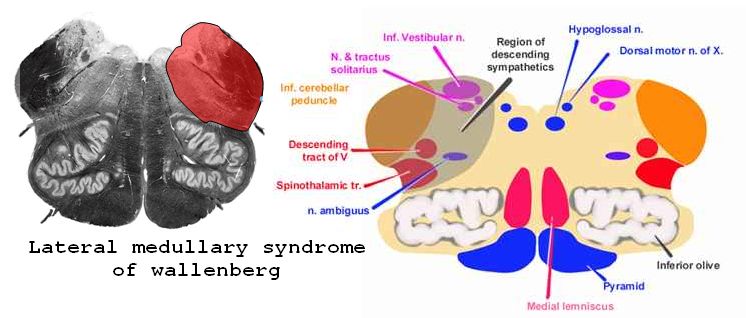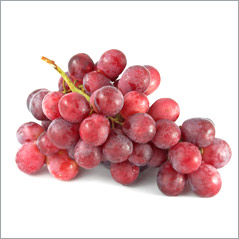7 Health Benefits of Dietary fibers

Also known as Roughage are mainly non-starch complex carbohydrates found in vegetables, fruits and grains that cannot be digested but serve to keep a healthy bowel movement.
Broadly dividing , they can be Celluose and non-cellulose fibers. Further they are classified as Non-soluble and soluble fiber.
- Non-soluble includes cellulose, hemi-cellulose and lignin.
- Soluble includes pectin,gums and mucilages.
Pectin and gums are however digested by enzymes produced by intestinal microorganisms.
| COMPONENT | SOURCE |
| Cellulose | All food plants |
| Hemicellulose | All food plants, especially cereal bran |
| Pectin | Mainly fruit |
| Lignin | Mainly cereals and ‘woody’ vegetables |
| Gums and some food thickeners |
Food additives in processed foods |
What are the benefits of Dietary fiber?
Dietary fiber which was once considered nutritional wastes is now valued by nutritionists for the following reasons:
1. Fibers absorb water, increase the stool bulk and encourages bowel movements hence is beneficial against constipation.
2. They are resistant of digestion. Bacterial action emulsifies them thus softening the stool and making passage easier.
3. By decreasing the transit time of food in stomach, it prevents putrefaction and formation of gas and toxic products in the body. Cancer of stomach and colon have been associated with low fiber diet. Dietary fiber lowers the risk of colonic polyps and invasive cancer of the colon. High-fiber diets could lower the risk of breast and prostate cancer by absorbing and inactivating dietary estrogenic and androgenic cancer promoters but is yet to be proven.
4. It reduces the incidence of Coronary heart disease. It binds bilesalts and decrease cholesterol absorption. Fiber increases the bulk of the stool and facilitates excretion.
5. Specially Pectin and gums are known to control post-prandial blood sugar level. Fenugreek seed are very effective.
6. Helpful against obesity as they provide satiety with low calorie.
7. Diverticulosis is rare in underdeveloped countries, where diets include more fiber and roughage. However, shortly following migration to the United States, immigrants will develop diverticular disease at the same rate as U.S. natives. ( Harrison’s Principle of Internal Medicine)
Summary of Benefits of Roughage
- Prevents constipation
- Eliminates bacterial toxin
- Lower risk of gastrointestinal cancers
- Improves glucose tolerance
- Reduces plasma cholesterol
- Good satiety value
What if you over-consume dietary fiber?
Some food fads went upto an extent of consuming huge amount of rice bran to achieve maximum benefits but in fact led to complications. The harmful effects are:
- Can alter the digestion and absorption of vitamins and micronutrients like iron, zinc.
- Absorption and digestion of protein is affected.
- Intestinal bacteria can ferment some fibers causing flatulence and abdominal discomfort.
Modern food refining techniques have gradually removed more and more of the natural fiber and other non-digestible parts of carb foods like wheat, rice and oats.
Recommended Daily Allowance (RDA) for Dietary Fiber:
As recommended by National Academy of Sciences, Institute of Medicine
For Men
|
Age (years) |
Recommended Daily Allowance |
| 19 – 30 | 38 gm/day |
| 31 – 50 | 38 gm/day |
| 51 – 70 | 30 gm/day |
| 70+ | 30 gm/day |
For Women
|
Age (years) |
Recommended Daily Allowance |
| 19 – 30 | 25 gm/day |
| 31 – 50 | 25 gm/day |
| 51 – 70 | 21 gm/day |
| 70+ | 21 gm/day |
Pregnant Women: 28 gm/day
Lactating Women: 29 gm/day





